- José Ramón
- Curiosities
- 9 likes
- 128805 views
- 0 comments
Food coloring, a slow poison
It's been a few years since Spain has made regular use of food dyes , so much that they have been installed in our day to day, and what is more serious, children consume them with disturbing tranquility on the part of their parents.
It is not right to want to poison a child because it is what we most want in this life, but nevertheless they are given many products that are not recommended at all and that in the long term will have consequences without a doubt.
Currently, it is a reality, many complicated diseases, such as cancer , have had a growth very accentuated in recent years , why it has happened is difficult to say, tobacco, radiation, etc., eating habits are the cause plus direct of diseases that are given in the long term and that we accept with resignation as bad luck.
Our body is our most precious asset, logically we take care of it as much as we can, but how to prevent what we do not know? In this post I want to warn about the consumption of one of the azo dyes, this class is the one that causes the most problems.
The Azo dyes are the following:
E102, E110, E123, E124, E154 and E155
This type of dyes are already totally banned in Australia , in the Nordic countries almost all and in the United States there are only 9 authorized in front of the 23 in Spain
In this post we are going to focus on the Tartrazina (E102) , is the food coloring they sell for add in paellas and other elaborations, it is orange - yellow, it is artificial synthesis and it derives from oil , it could be said very loudly that it is a useless additive of very bad influence for health.
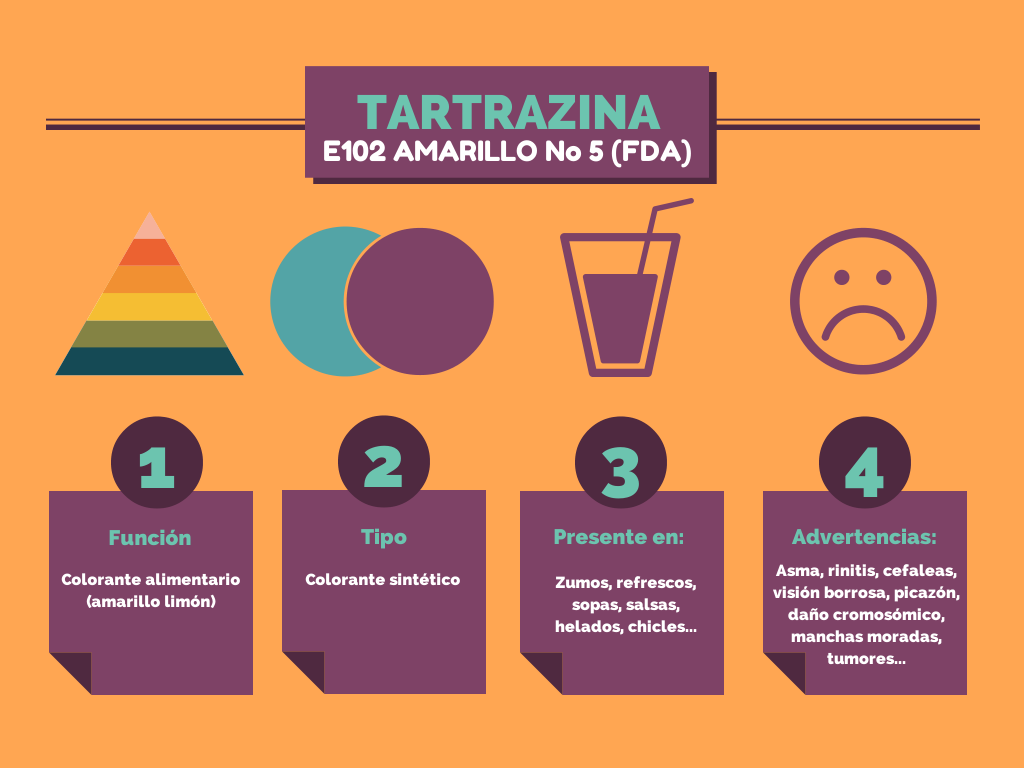
Among the foods that contain it in a common way we can find soft drinks , ice cream , sauces , treats , jellies , fruit essences , syrups , flans , custard, cookies, bread, flour, breakfast cereals, mustard, mayonnaise, smoothies, juices, soft drinks, liquors, cheeses, canned seafood, fish products, canned vegetables , pickles, pastas, chips, snaks, sweets , and many others that can be found in any usual store, especially in large areas.
Where it is more harmful due to its high concentration is the food dye powder that is sold in a widespread way in commercial lines and it is really scandalous that it is not vetoed due to the generalized that it is and how counterproductive it is.
Illegally it is used to adulterate ground saffron or in aqueous solutions such as seasoning in spray or saffron with sea water spray.
Tartrazine has numerous side effects as allergic reactions, especially in asthmatic people and sensitive to aspirin, can cause hyperactivity in children, can act as a histamine releaser, produce eczema, hives and cause insomnia.
Being an azo dye can cause reactions in people with allergy to salicylic acid, its long-term consumption promotes the appearance of cancerous tumors.
The level of toxicity is described as HIGH and it is obligatory to detail in the labeling "It can have negative effects on the activity and attention of the children"
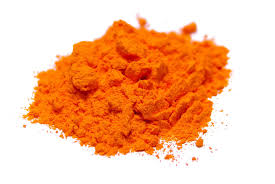 After completing the documentation to write this post about tartrazine does not stop assaulting me a question, why is it used in restaurants in a generalized way ?, I can understand that the final consumer does not know what this additive is about, that he does not read the labeling and that custom in your home is used in a usual way, but in a restaurant, ??? more today that are obliged to inform their guests of allergens among other things, no matter how many turns I give him I do not understand.
After completing the documentation to write this post about tartrazine does not stop assaulting me a question, why is it used in restaurants in a generalized way ?, I can understand that the final consumer does not know what this additive is about, that he does not read the labeling and that custom in your home is used in a usual way, but in a restaurant, ??? more today that are obliged to inform their guests of allergens among other things, no matter how many turns I give him I do not understand.
In the paellas it is the recipe where they use it the most, in the Valencian community, place of origin of the best paella and they have a Denomination of Origin.
DO Paella Valenciana
" The Ministry of Agriculture of the Valencian government has developed in conjunction with the Council Regulator of the Denomination of Origin rice of Valencia, a list of ingredients that will have to carry all paella that wants to be marketed under the name of Paella Valenciana.
Source: Wikipedia
As we can see At no time is it indicated to use food coloring, however they do indicate that they use saffron which is a natural coloring and that in addition to giving color also gives flavor and aroma while knowing that the spice itself is an enhancer of the taste of the stew in With these premises, we have called three restaurants to see if we could clarify why they use dye by having another much healthier alternative at hand and the answers, in summary, have been as follows:
"The coloring is not bad, and the customers want a yellow rice, otherwise they would not want it."
" Saffron is very expensive "
" Saffron it does not give color and the client demands the yellow rice "
The truth is that they are easily replicable answers and so we have explained to them, the saffron, if it is of good quality it gives a very b Onito rice, in addition it looks much more natural than the yellow of the coloring and the dish gains in quality an outrage.
.jpg) As for the cost, they simply get carried away for the fame that has the saffron of being a luxury product, nothing beyond reality, for 1gr of a good saffron you can get around 50 servings of paella and the cost of saffron for each dish would be over 0, € 12, any ingredient that is added to the paella has more cost per serving than saffron.
As for the cost, they simply get carried away for the fame that has the saffron of being a luxury product, nothing beyond reality, for 1gr of a good saffron you can get around 50 servings of paella and the cost of saffron for each dish would be over 0, € 12, any ingredient that is added to the paella has more cost per serving than saffron.
If you also take into account that the image of the restaurant that uses saffron and the reference in your letter wins whole front to the clientele of quality, the client who is pleasantly surprised will make a promotion of the place 100 times more effective than any advertising campaign.
Our advice for A restaurant with a good saffron is the metallic saucer of Superior Saffron or Ecological Saffron, the price-quality ratio is great and the shipping is free.

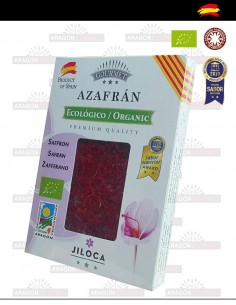
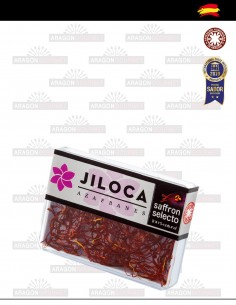
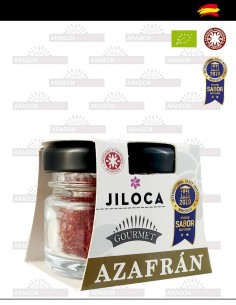
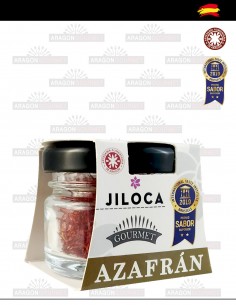
Comments (0)
New comment